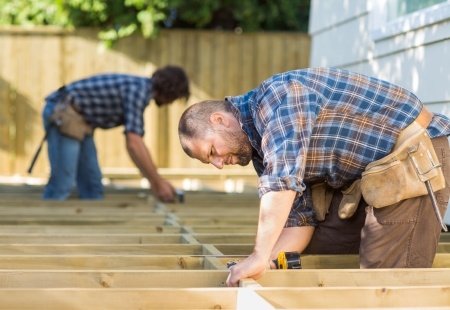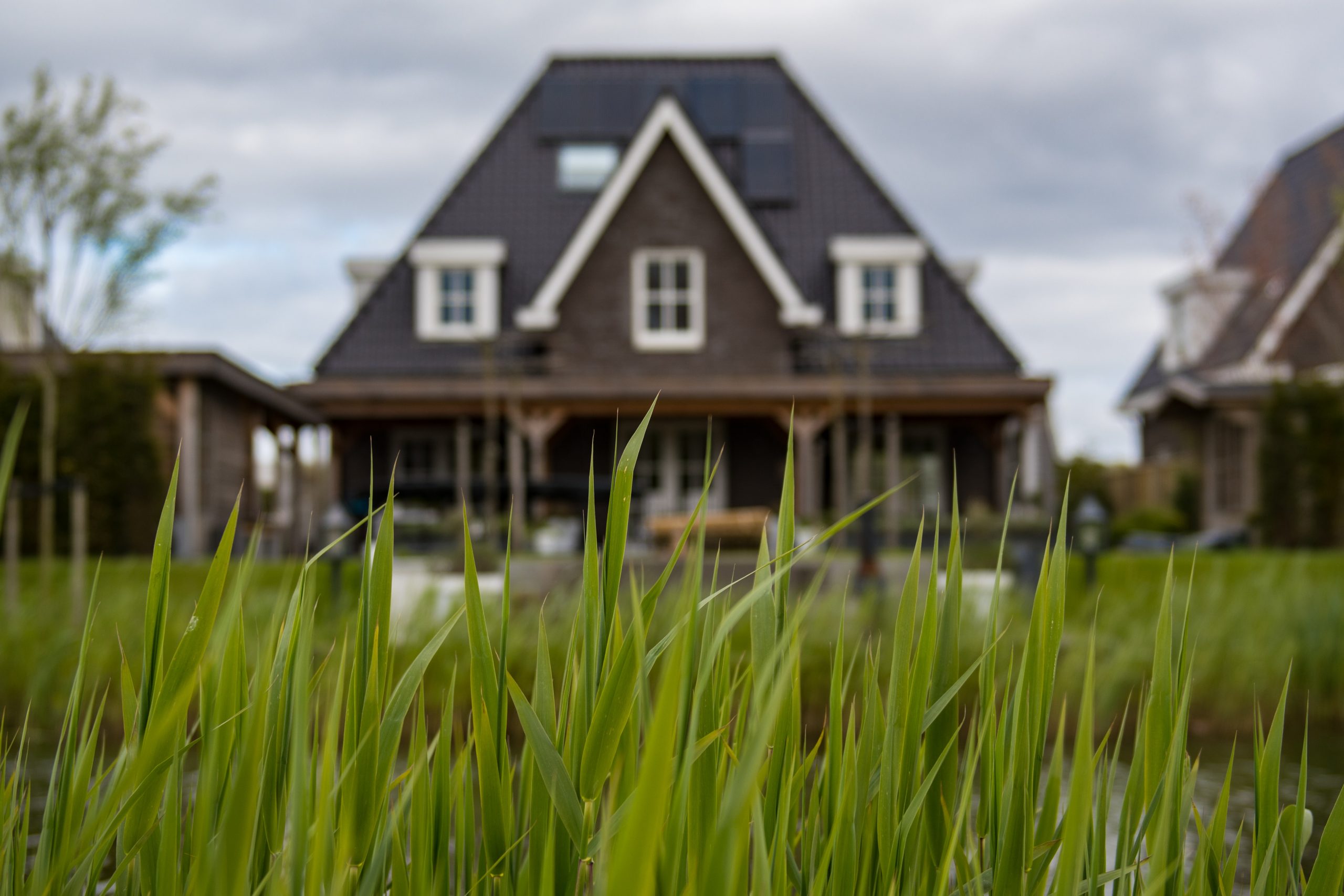In the past few years, fixer-upper TV shows have exploded in popularity and have many home buyers wondering if taking on some renovations would be a better investment than building new. While both remodeling an older home and building new can lead to your dream home, there are some careful considerations to keep in mind before making your decision.
Location! Location! Location!
Often touted as the first rule of real estate, differences in location can make a big impact when buying new versus rehabbing an existing house. New homes with yards tend to be built where land is available outside the city, which leads to a longer commute. Established neighborhoods often are closer to shopping and entertainment as well. Newer neighborhoods, however, often feature amenities on site such as community parks, walking paths, golf courses and pools which may require a drive or bike ride from an older neighborhood.
Financial considerations
Although many factors go into financing a home (credit history, down payment, income, etc.), obtaining a loan for a turnkey home is generally easier than it is for a fixer-upper. And despite the more expensive price tag, new homes feature home warranties and lack hidden costs. New energy-saving technology available and more rigorous energy codes also lead to savings in electric and gas bills each month. And although the planned community with a pool is nice, remember there are HOA fees associated with upkeep.
On the “flip” side (see what we did there?), older homes that need work are generally available at a greatly reduced cost. The National Association of Home Builders reported the median home price for an existing home in 2014 was $208,900 versus $282,800 for a new home. According to Coldwell Banker, in more expensive areas, it’s often cheaper to renovate than build new. You’ll also save on taxes, since taxes are accessed on the sale price. If there are no required mechanical or structural updates, and you are happy with the floor plan, you’ll definitely save money overall by making updates such as new light fixtures, painting or refinishing floors.
However, know the comparable values of updated homes in your area and consult with an architect or professional contractor before you consider adding on rooms or knocking down walls. Not only can these renovations often lead to unexpected costs, but they can actually add too much value to your home when compared to similar properties in your neighborhood. While this may seem like a good thing, you could actually lose money if and when you decide to sell.
Know thy self
In the end, you need to know yourself before making the decision. If you and your family have never lifted a hammer or paintbrush, taking on a fixer-upper will be a personal challenge or lead to more costs for contractors. Conversely, if you are looking for a one-of-a-kind style, most new homes are built with a limited number of design options. Also, if you can’t wait the six months or longer for a new home to be built, a livable fixer-upper is a more practical option. Know what’s valuable to you — whether it’s tree-lined streets in a neighborhood with unique homes or a new build with large closets, open floor plans and the latest technology — before making your decision.
Whatever type of home you’re looking to buy, one of the easiest ways to streamline the process is to get pre-approved for a loan. To get started with your pre-approval process, complete an online application. Or contact one of the experienced First Internet Bank Loan Officers at 1-866-742-5158 with any questions or if you need assistance.





